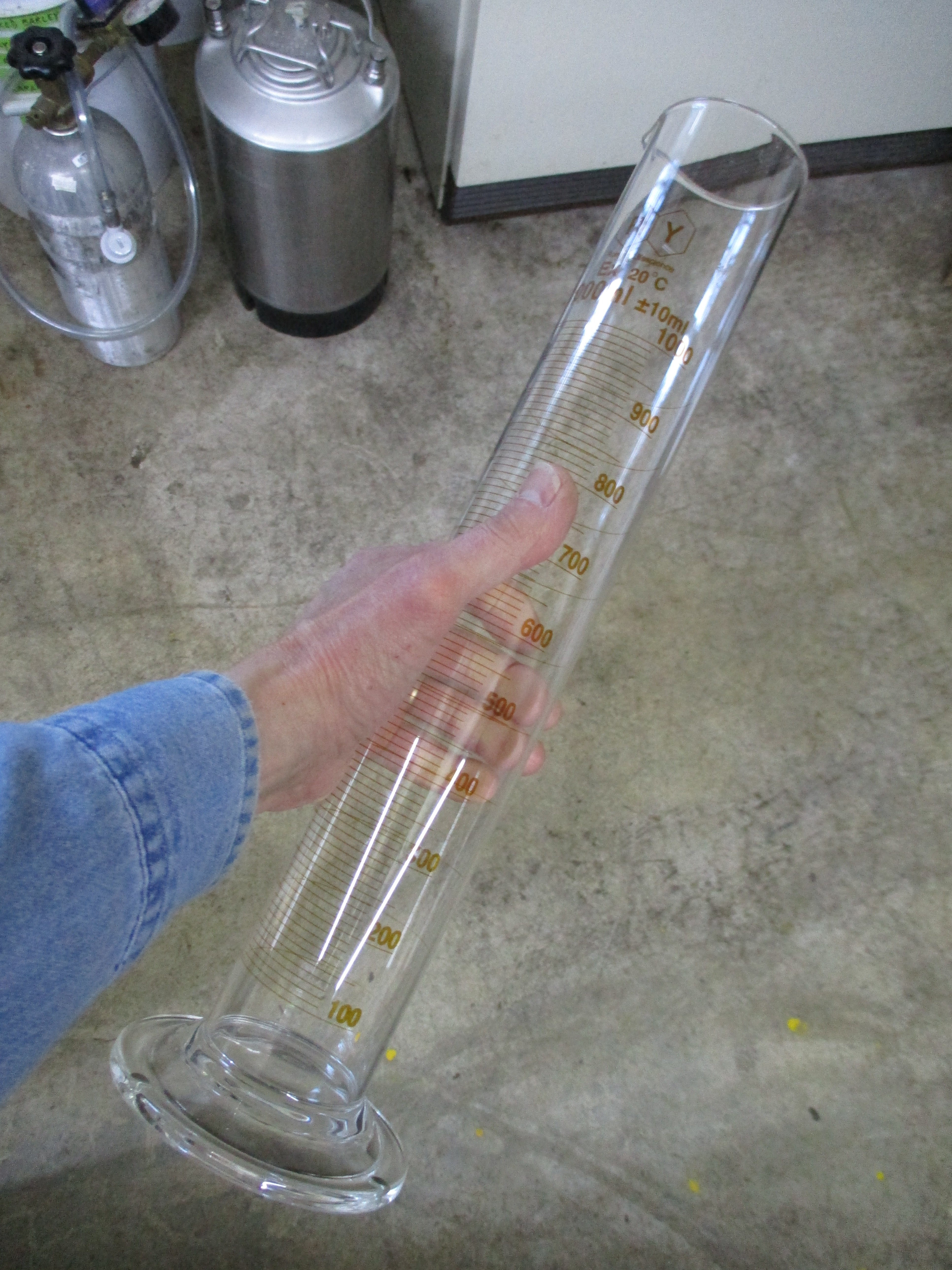I brew a lot of hoppy beers and there’s always a same problem when harvesting a yeast. There’s too much hops in a slurry and I can’t get clean yeast out of it. The cans are getting too full.
just to make sure, is the active yeast in the middle of beer and the hop slurry or at the bottom of the can?
I like to dry hop without any bag but that would help I know.
Any tips?
just to make sure, is the active yeast in the middle of beer and the hop slurry or at the bottom of the can?
I like to dry hop without any bag but that would help I know.
Any tips?



